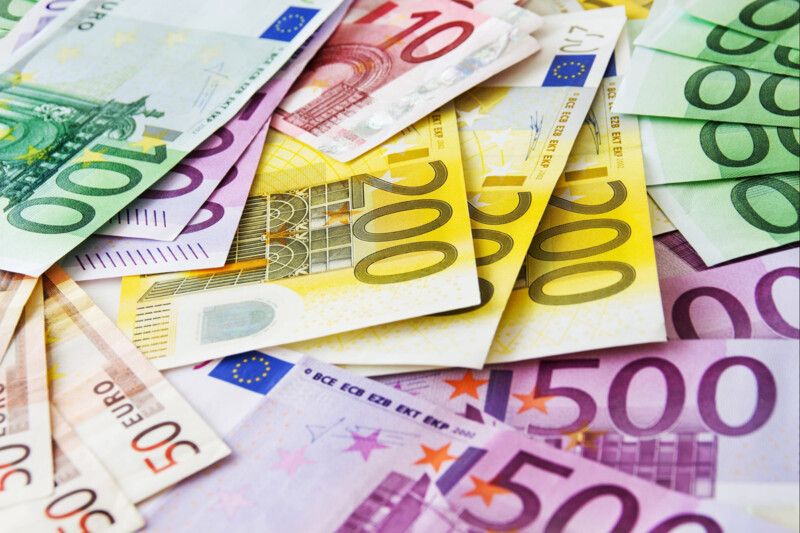Dans une récente analyse consacrée aux émissions nettes de billets au cours de l’année 2019, la Banque de France révèle qu’environ 60 % des billets émis dans l’Hexagone circulent en dehors de ses frontières.
Les émissions de billets servent majoritairement la demande étrangère
La Banque de France a récemment publié un document de travail analysant les différents motifs de demande de billets émis dans le pays.
« Bien que la banque centrale connaisse exactement le montant d'espèces émises, il y a un manque d'informations sur qui les détient, pour quels motifs et où elles circulent », explique l’institution.
Centré sur l’année 2019, le document révèle qu’environ 60 % des billets émis par la Banque de France sont en réalité détenus hors de France. 40 à 50 % de ces billets circulant à l’étranger sont détenus hors de la zone euro.
La demande d’espèces se répartit en 3 grandes catégories :
- la demande étrangère
- la thésaurisation
- la transaction
En 2019, 15 % seulement des émissions nettes ont servi aux transactions domestiques, soit un montant total de 20 milliards d’euros. 25 % des billets émis par la Banque de France, pour un montant de 35 milliards d’euros, ont été utilisés pour la thésaurisation.
La demande étrangère, quant à elle, a capté la majeure partie de ces émissions, avec une part de 10 à 20 % dans d’autres pays de la zone euro, et de 40 à 50 % hors de la zone euro, soit un montant total de 75 à 100 milliards d’euros.
📝 [Document de travail]
— Banque de France (@banquedefrance) October 17, 2022
En 🇫🇷, la demande de #billets pour motif transactionnel a tendance à diminuer, atteignant 15 % de la circulation totale en valeur en 2019. #BdFeco 👇 https://t.co/OrGKQt2tB5
Un recul du nombre de billets utilisés pour les transactions domestiques
De la mise en circulation de l’euro en 2002 à la fin de l’année 2021, les émissions nettes de billets en France sont passées de 30 milliards d’euros à près de 185 milliards d'euros, détaille la Banque de France dans son document de travail, précisant que « ceci est vrai non seulement en termes absolus, mais aussi par rapport au PIB ».
La Banque de France note également le recul de la part des émissions de billets utilisées pour les transactions domestiques, qui est passée de 20 % en 2015 à 15 % en 2019. Cette diminution s’explique, selon l’institution, par le recul du cash au profit d’autres moyens de paiement, ainsi que par la diminution du nombre de distributeurs automatiques de billets.
Cette tendance s’est encore accélérée avec la pandémie de Covid-19, qui a favorisé le paiement par carte bancaire, et plus spécifiquement le paiement sans contact.
En ce qui concerne les entreprises de la zone euro, une enquête menée par la Banque centrale européenne en 2022 révèle qu’elles acceptent encore massivement les espèces. Plus de 90 % des entreprises et commerces de la zone euro qui acceptent encore les espèces aujourd’hui ne comptent pas changer de stratégie à l’avenir. Cette part atteint 99 % pour les entreprises et commerces français.
